Provence, located in the southeast of France, is renowned for its breathtaking landscapes, charming villages, and rich cultural heritage. The region has long inspired artists, from the iconic works of Vincent van Gogh to the colorful palettes of Paul Cézanne and the light-filled canvases of Henri Matisse. With its sunny skies, lavender fields, rolling vineyards, and picturesque towns, Provence has served as a muse for many artists over the centuries. Today, the region is home to a wide array of galleries and museums that showcase both historic and contemporary art.
In this guide, we’ll take you through some of the best art galleries in Provence, offering a unique blend of classic and modern art experiences that will captivate any art lover.
1. Musée Granet (Aix-en-Provence)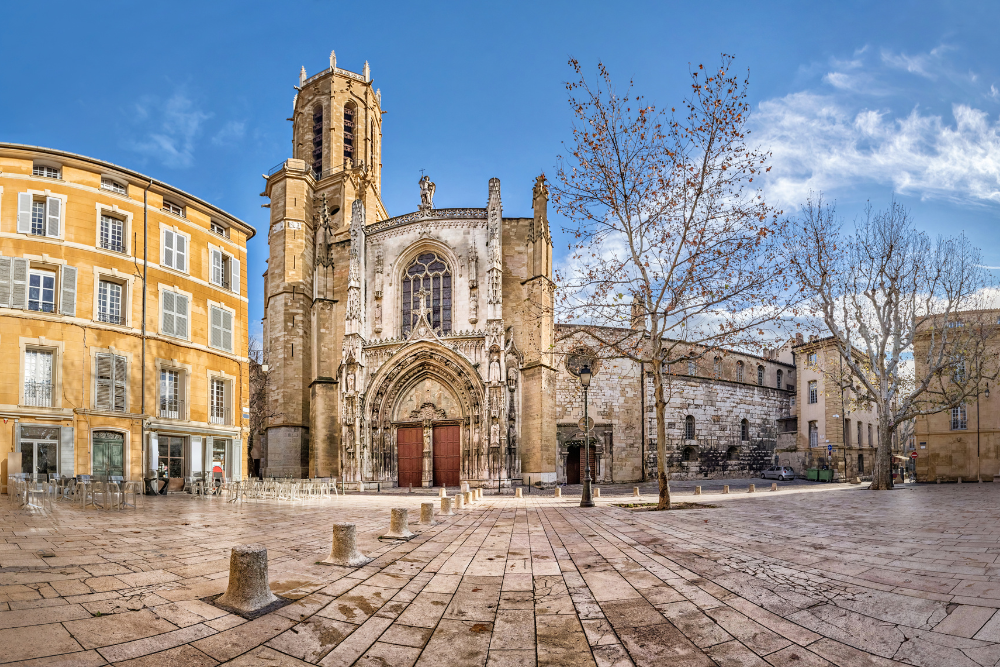
Why Visit:
Located in the heart of Aix-en-Provence, the Musée Granet is one of the most important art museums in the region. It’s housed in a former 18th-century convent, making it a unique blend of history and art. The museum boasts a stunning collection of paintings, sculptures, and drawings, with a particular focus on the works of Paul Cézanne, who spent much of his life in Aix-en-Provence.
What to See:
- Cézanne’s works: As a native of Aix, Cézanne’s works are central to the museum’s collection. Admire his famous still lifes, portraits, and landscapes.
- French and Italian masters: In addition to Cézanne, the museum showcases works by other masters such as Giorgio de Chirico, Pierre-Auguste Renoir, and Henri Matisse.
- Temporary exhibitions: The museum regularly hosts temporary exhibitions, ranging from classical art to contemporary works.
The Musée Granet is a must-visit for anyone who wants to explore the legacy of one of Provence’s most famous artists, Paul Cézanne, while also enjoying a diverse range of artworks from different eras.
2. Fondation Vasarely (Aix-en-Provence)
Why Visit:
The Fondation Vasarely is dedicated to the works of Victor Vasarely, the founder of the Op Art movement. Located in Aix-en-Provence, this museum is housed in a large, modernist building designed by the artist himself. The foundation offers an immersive experience into the world of geometric abstraction and optical illusions.
What to See:
- Op Art installations: The museum features a remarkable collection of Vasarely’s works, including large-scale installations that play with light, color, and perspective.
- Interactive exhibits: Experience the visual tricks and optical illusions that define the Op Art movement. Walk through rooms filled with dynamic shapes and shifting patterns.
- Architectural design: The building itself is a work of art, designed to complement the optical effects in Vasarely’s artwork.
If you’re fascinated by modern art and optical illusions, the Fondation Vasarely is the perfect place to explore the boundary between art and perception.
3. Musée Picasso (Antibes)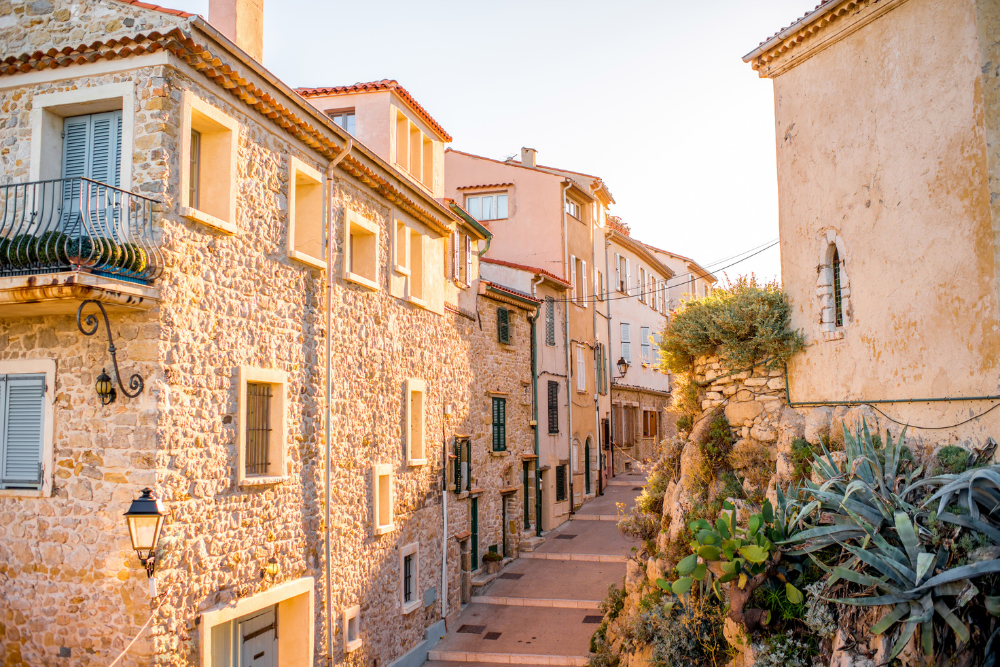
Why Visit:
Located in the charming coastal town of Antibes, the Musée Picasso is housed in the Grimaldi Château, a 12th-century castle overlooking the Mediterranean. The museum is dedicated to the works of Pablo Picasso, who lived and worked in Antibes in the late 1940s. The museum features a wide range of Picasso’s pieces, including his paintings, sculptures, and ceramics.
What to See:
- Picasso’s works: The museum is home to over 245 pieces of Picasso’s art, including famous works like the “La Joie de Vivre” and a collection of ceramics and drawings.
- Stunning views: The château offers breathtaking views of the sea and the surrounding landscapes, making it a beautiful setting to enjoy Picasso’s art.
- Temporary exhibitions: The museum also hosts temporary exhibitions that explore various themes related to Picasso’s life and influence on modern art.
The Musée Picasso in Antibes is a must-visit for Picasso enthusiasts and those looking to experience the artist’s work in a scenic and historical setting.
4. Musée de la Fondation Jean Vilar (Avignon)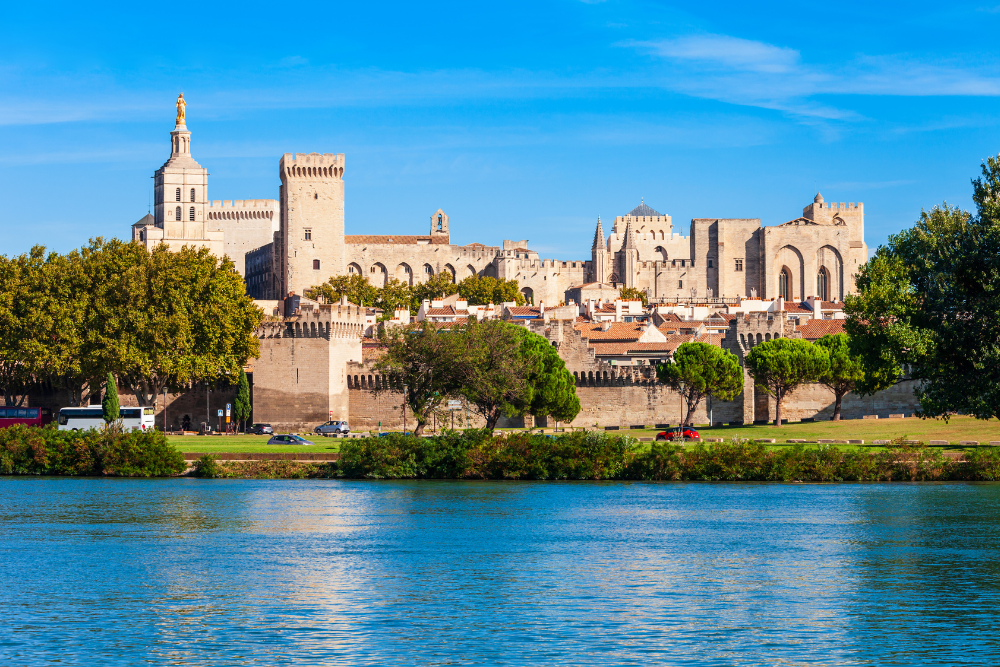
Why Visit:
Located in the historic city of Avignon, the Musée de la Fondation Jean Vilar is a cultural gem dedicated to the performing arts and visual arts. The museum is housed in the Palais des Papes, a majestic Gothic palace that was once home to the popes. It celebrates the life and legacy of Jean Vilar, the founder of the Avignon Theatre Festival.
What to See:
- Exhibitions on theatre and performance: The museum features exhibitions on theatre, dance, and performance art, with a special focus on Jean Vilar and his contributions to the world of drama.
- Works by contemporary artists: In addition to its focus on theatre, the museum also showcases works by contemporary visual artists.
- Historical context: The museum provides a fascinating look at the history of the Avignon Festival, which is one of the most important theatre festivals in the world.
For those with an interest in theatre and the performing arts, the Musée de la Fondation Jean Vilar offers a unique perspective on the intersection of visual and performing arts.
5. Musée Réattu (Arles)
Why Visit:
The Musée Réattu is located in Arles, a city that inspired Vincent van Gogh and countless other artists. The museum is housed in the former Grand Priory of the Knights of Malta, a stunning building that adds to its historical and architectural charm. The museum’s collection includes works by Jacques Réattu, a local artist, as well as contemporary artists.
What to See:
- Jacques Réattu’s paintings: Explore the works of Réattu, a 19th-century painter who was known for his dramatic, romantic style.
- Photography collection: The museum has a significant collection of contemporary photography, with a focus on the history and development of the medium.
- Temporary exhibitions: The museum hosts rotating exhibitions that showcase contemporary art across various mediums.
Musée Réattu in Arles is a perfect spot for art lovers looking to experience both historical and contemporary art in a city steeped in artistic tradition.
6. Musée Marc Chagall (Nice)
Why Visit: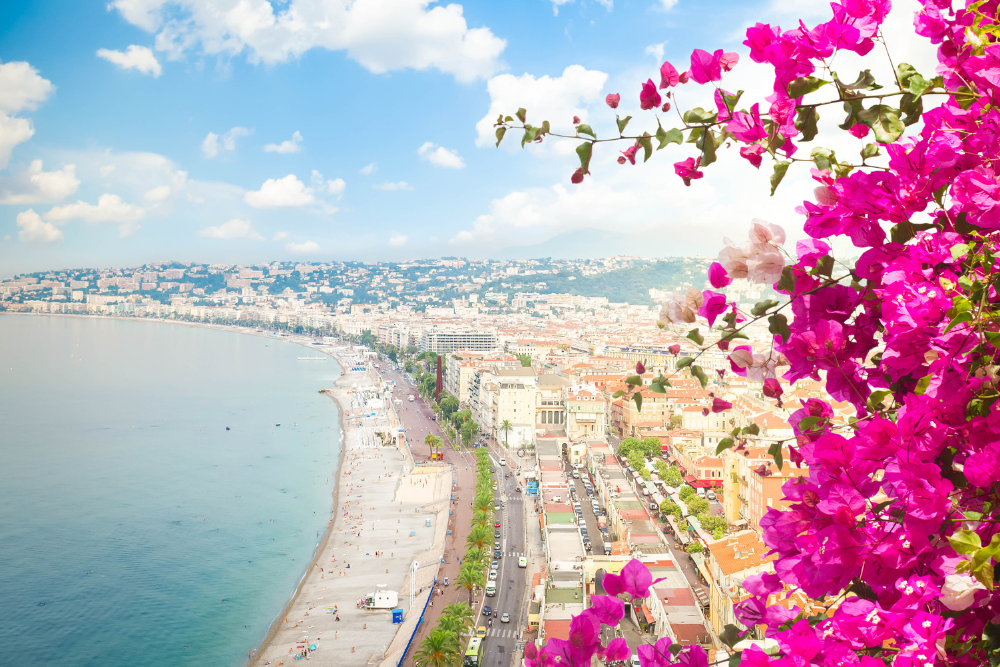
Nice, often associated with its vibrant arts scene, is home to the Musée Marc Chagall, dedicated to the works of the famous Russian-French painter. Chagall spent much of his life in the south of France, and the museum houses one of the most important collections of his work.
What to See:
- Chagall’s iconic works: The museum displays a variety of Chagall’s paintings, stained glass, and ceramics, with a special emphasis on his biblical series.
- Stained glass windows: The museum’s collection includes stunning stained glass windows created by Chagall, which add a unique, colorful dimension to his art.
- Peaceful setting: The museum is set within lush gardens, making it a serene and inspiring place to explore Chagall’s works.
For those who admire Chagall’s surreal, dreamlike art, the Musée Marc Chagall offers a peaceful and immersive experience in the heart of Nice.
7. Les Gorges du Verdon (Art in Nature)
Why Visit:
While not a traditional gallery, the Les Gorges du Verdon offers a different kind of art experience: the art of nature. The Gorges, often referred to as the Grand Canyon of Europe, is a stunning natural landscape that has inspired many artists over the years. Located in the Alpes-de-Haute-Provence, this dramatic canyon features turquoise waters, steep cliffs, and lush forests.
What to See:
- Breathtaking views: Hike or drive along the canyon’s rim for panoramic views of the turquoise waters below.
- Wildlife: Spot native flora and fauna as you explore the region, from the dramatic cliffs to the peaceful river.
- Inspiration for artists: Many contemporary artists have been inspired by the landscapes of the Verdon, making it a unique natural gallery in its own right.
For art lovers looking for an experience that combines nature with creativity, Les Gorges du Verdon offers stunning vistas that capture the essence of Provence’s natural beauty.
8. Musée des Tissus (Lyon)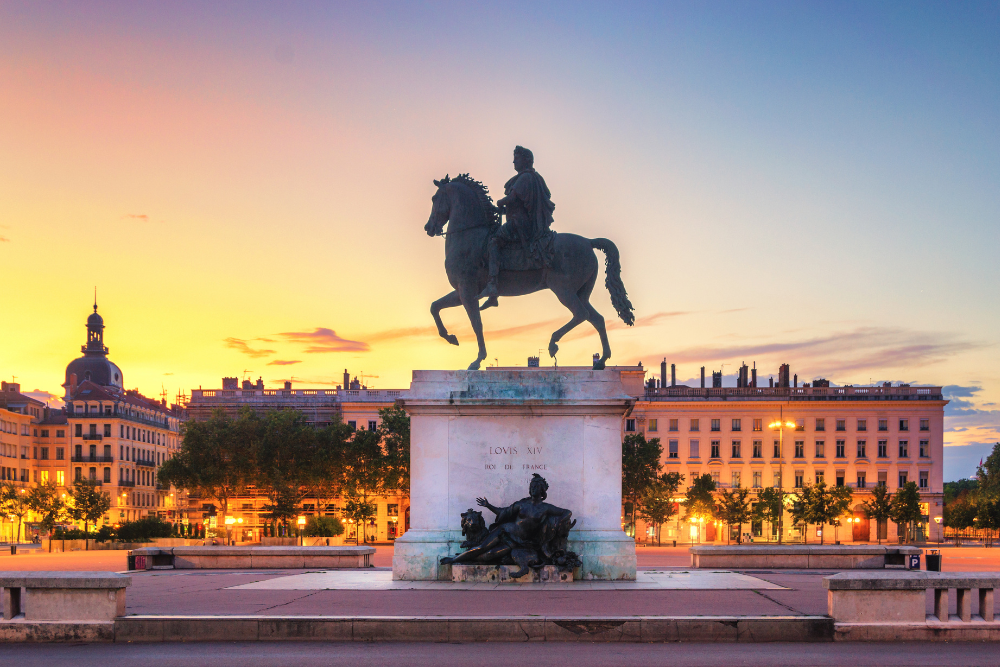
Why Visit:
Though not technically in Provence, Lyon is an easy day trip from the region and offers a fascinating experience for art lovers. The Musée des Tissus in Lyon is dedicated to the art of textiles, a craft that has been at the heart of the city’s history since the Renaissance.
What to See:
- Historic textiles: The museum’s collection includes beautiful fabrics, tapestries, and costumes dating back to the 15th century.
- Lyon’s silk heritage: Lyon is known for its silk industry, and the museum showcases the city’s rich tradition of weaving and textile production.
- Special exhibitions: The museum frequently hosts exhibitions that explore the connection between textiles and contemporary art.
For those with an appreciation for the intricate art of textiles, Musée des Tissus offers a unique and colorful exploration of Lyon’s cultural heritage.
Conclusion
Provence’s art scene is as diverse as its landscapes, offering everything from classical works by legendary artists to cutting-edge contemporary exhibitions. Whether you’re exploring the timeless works of Paul Cézanne in Aix-en-Provence or discovering the optical illusions of Victor Vasarely in Aix, the region provides endless opportunities to immerse yourself in both art history and modern creativity. Each gallery and museum in Provence reflects the unique charm and inspiration that the region has provided to artists for centuries. Whether you’re an art connoisseur or simply looking for a cultural adventure, Provence’s art galleries are sure to inspire and captivate.












